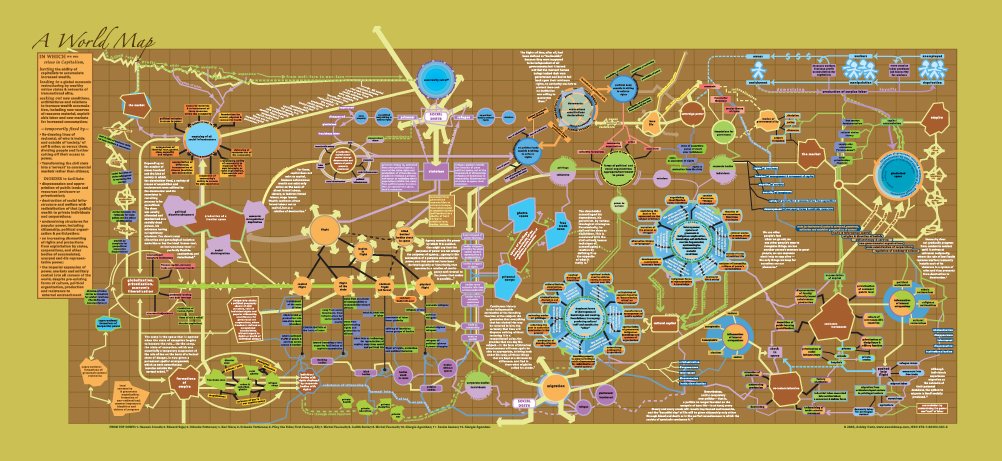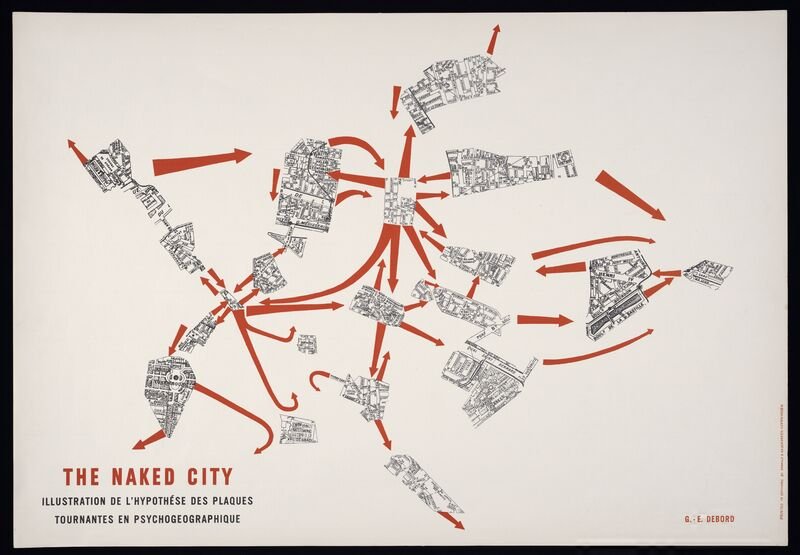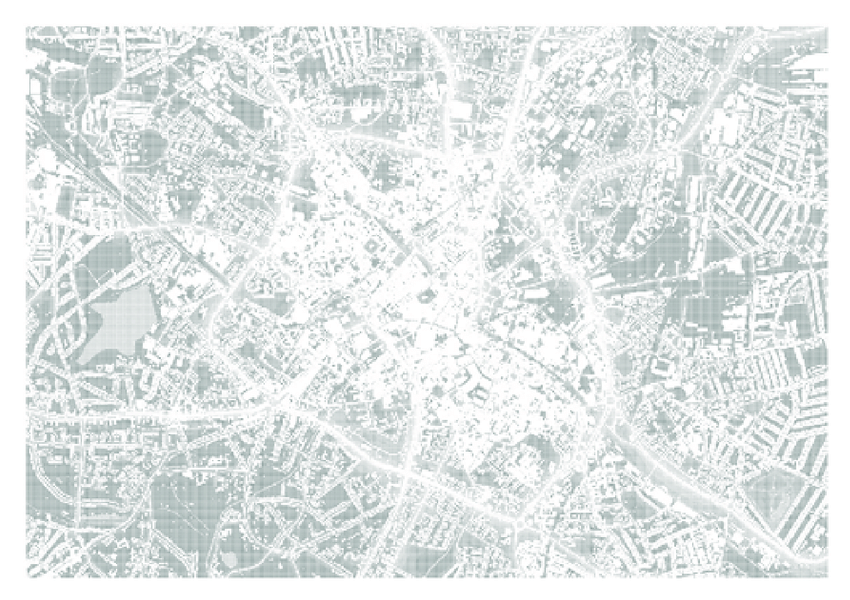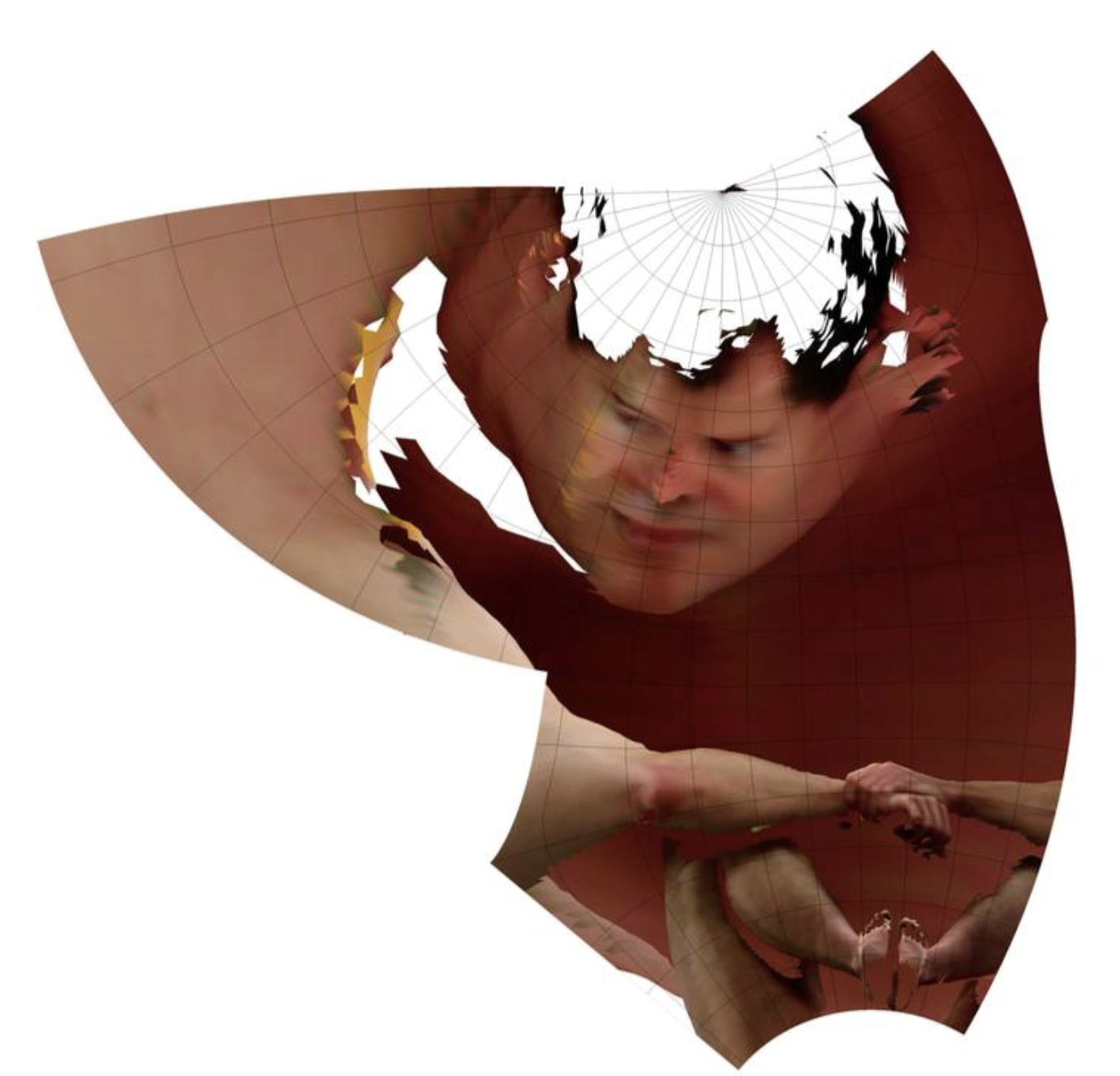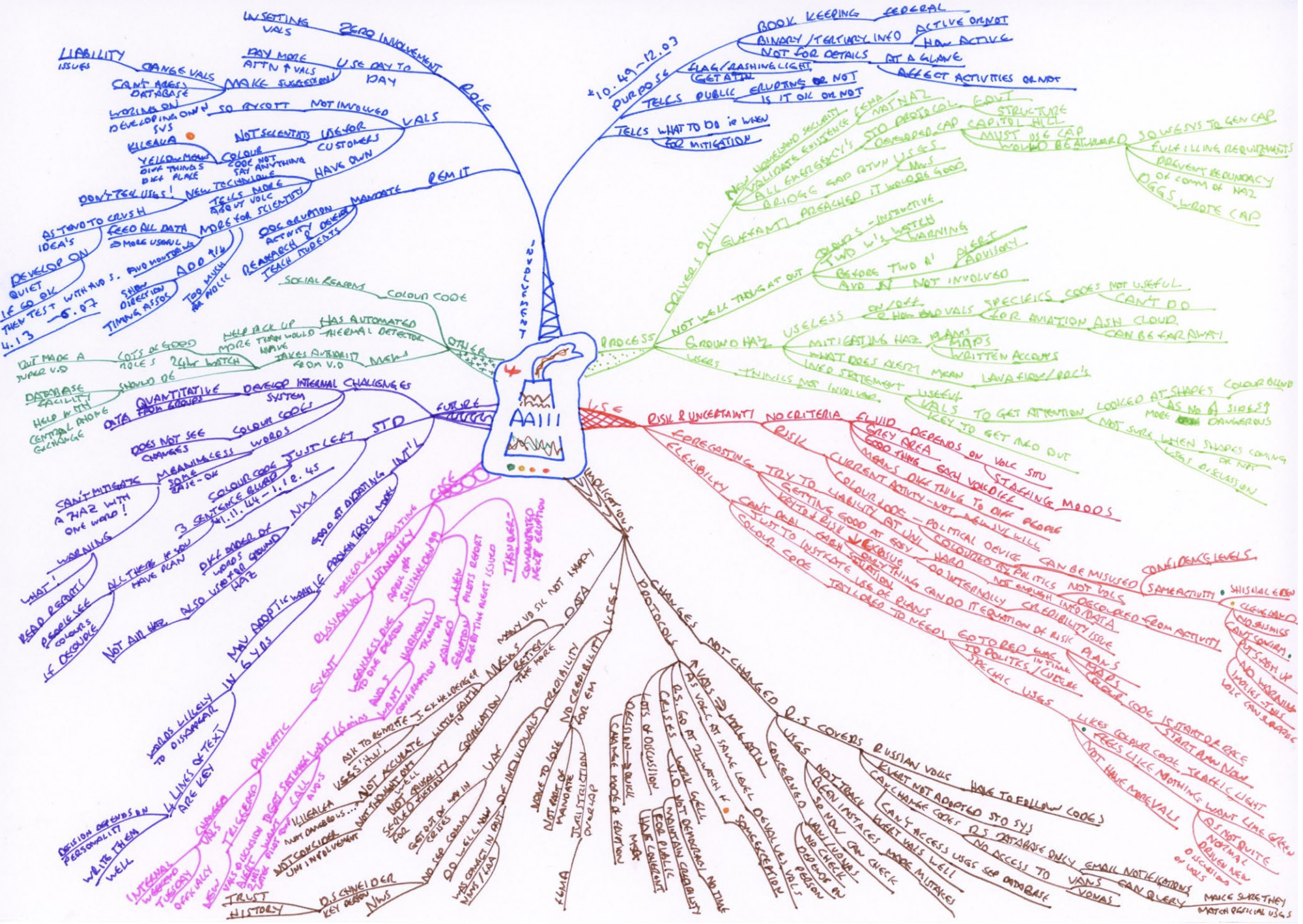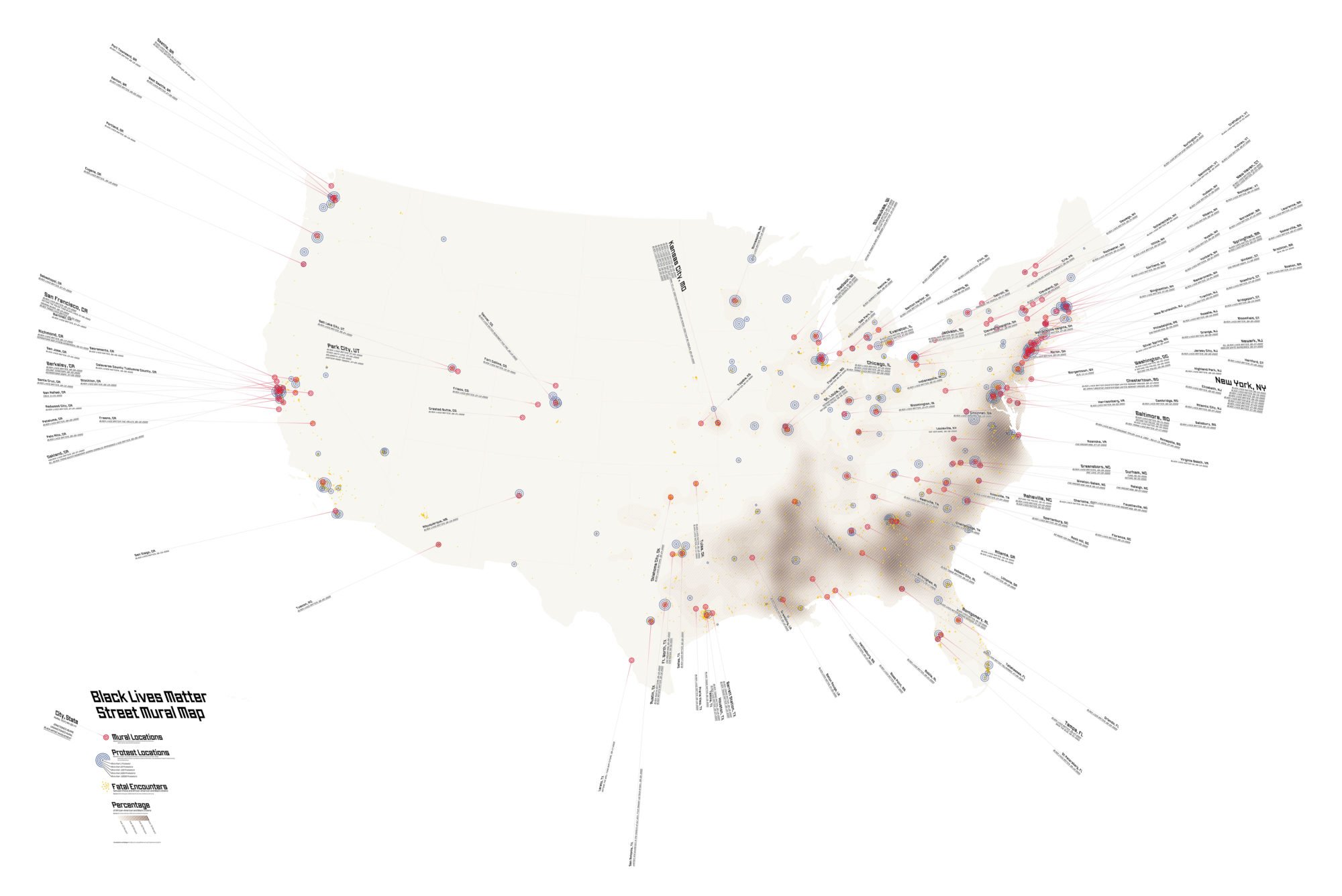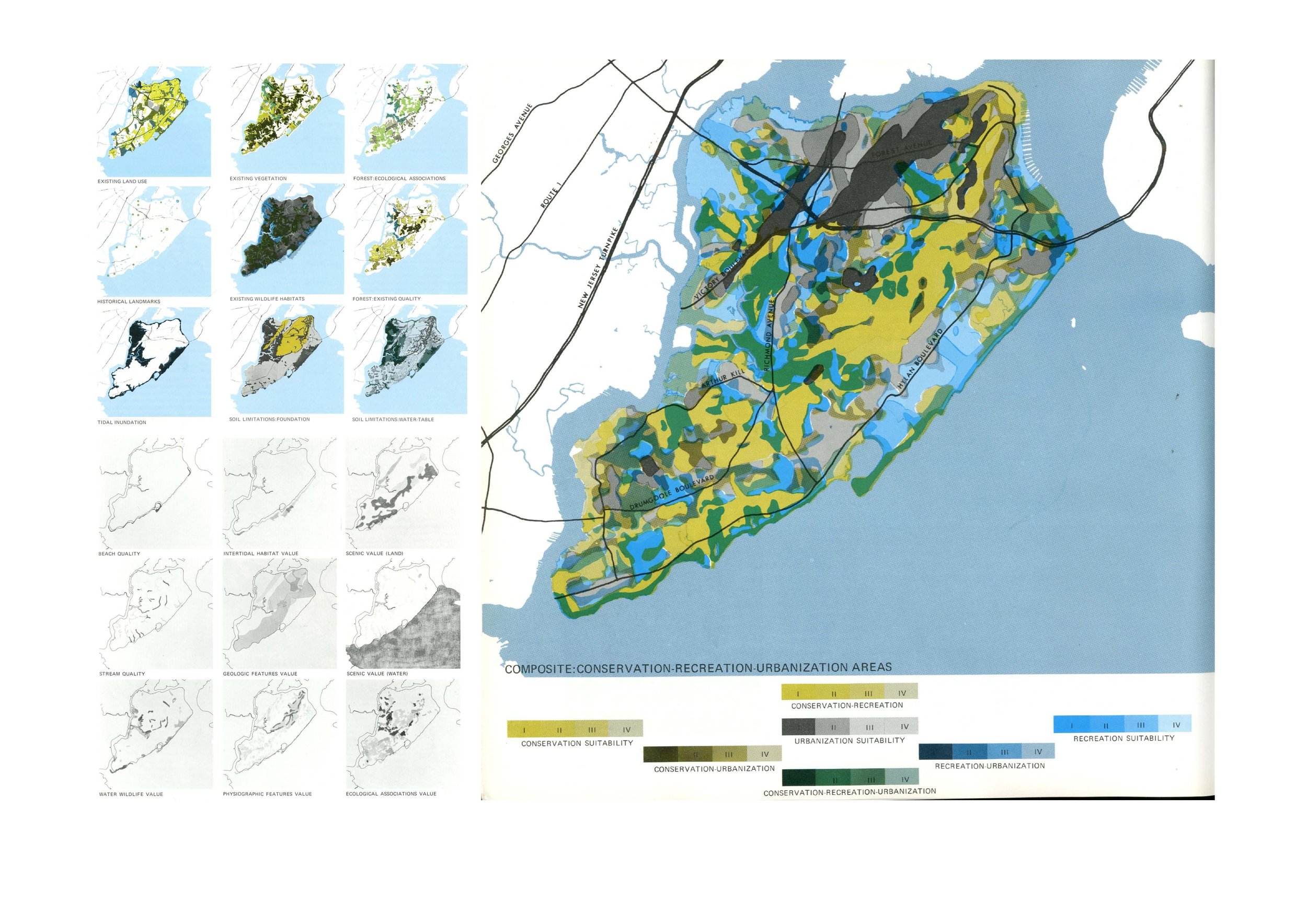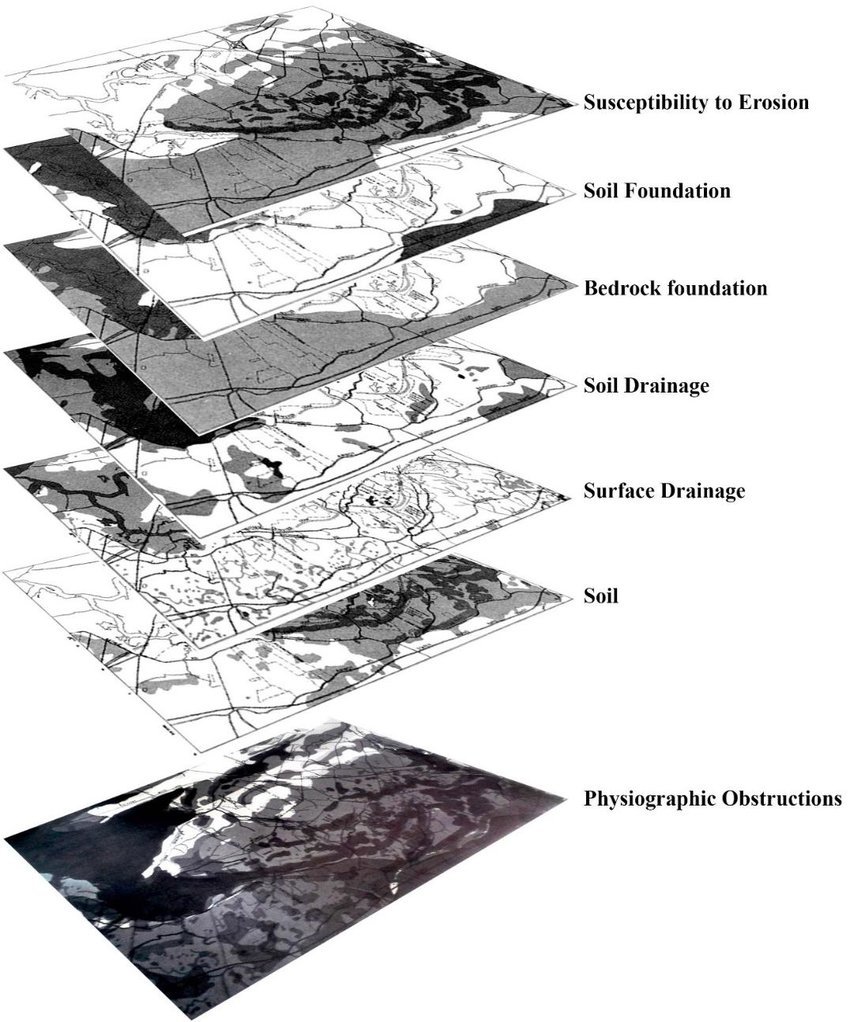Beehive Collective, "¡Mesoamérica Resiste!"
Toledo Maya Cultural Council
Aboriginal Mapping Network "Statement of Intent Boundaries"
Pedro Lasch's “Latino/a America”
Ashley Hunts; “A World Map: In which we see”
Joyce Kozloff's "Myanmar Rakhine Bangladesh"
Joyce Kozloff's "Vietnam, Kosovo, Bosnia, Serbia" 2020.
Artist Unknown, "The Surrealist Map of the World" 1929.
Guy Debord's "The Naked City" 1957.
Simon Elvins, "Silent Birmingham," 2011
Lilla LoCurto and Bill Outcault "selfportrait.map: Bipolar Oblique BS1sph(8/6)7_98"
Lauren Rosenthal McManus, "Political/Hydrological"
elin o’Hara slavick, "World Map, Places the United States has Bombed, 1854–Ongoing"
3Cs, disorientation
kanarinka, "12 Inches of Weather" 2007
Kate Orff, "Petrochemical Landscape" 2007.
Mind map from an interview at Alaska Volcano Observatory
Kate Orff, "From Earth to the Sky"
Pablo DeSoto, Cartography of endangered Rivers and Corals
Brooke Singer, art inquiry action, 2006
Julie Mehretu: Grey Area, 2010.
Joyce Kozloff: Navigational Triangles, 2010.
Mapping Spectral Spaces, Virginia Tech College of Architecture and Urban Studies, Blacksburg (VA), 2010.
Black Lives Matter Street Mural Map
Pia Arke’s "Legende I-V," 1999
Joaquin Torres-Garcia, "Inverted Map of South America," 1936.
Rem Koolhaas, "Program Map Yokohama," 1992
Raoul Bunschoten/ CHORA, "Toponymy," 1995
Laura Kurgan, 4 Landsat Images of Nova Monte Verde Brazil 1972, 1986, 2006, 2012
Lozano Long Institute of Latin American Studies (LLILAS)
Participatory mapping layer: Lozano Long Institute of Latin American Studies (LLILAS)
Jenny Odell, "206 Circular Farms," 2011
"Yamashiro no Kuni ezu” 1800s
‘City as Curiosity’ Mary Miller--2015
“Trans-Canada Highway” Shelley Long -- 2015
Ian McHarg, "Excerpts from Staten Island Study," 1967.
Ian McHarg, Composite "physiographic obstructions," 1969
A.Diez Astete, D. Pereira Herrera, K. Mihotek. "Papa Etnico Territorial y Arqueologico de Bolivia," 1995
Ronnie Cachini, Ho’n A:wan Dehwa:we (Our Land), 2006




